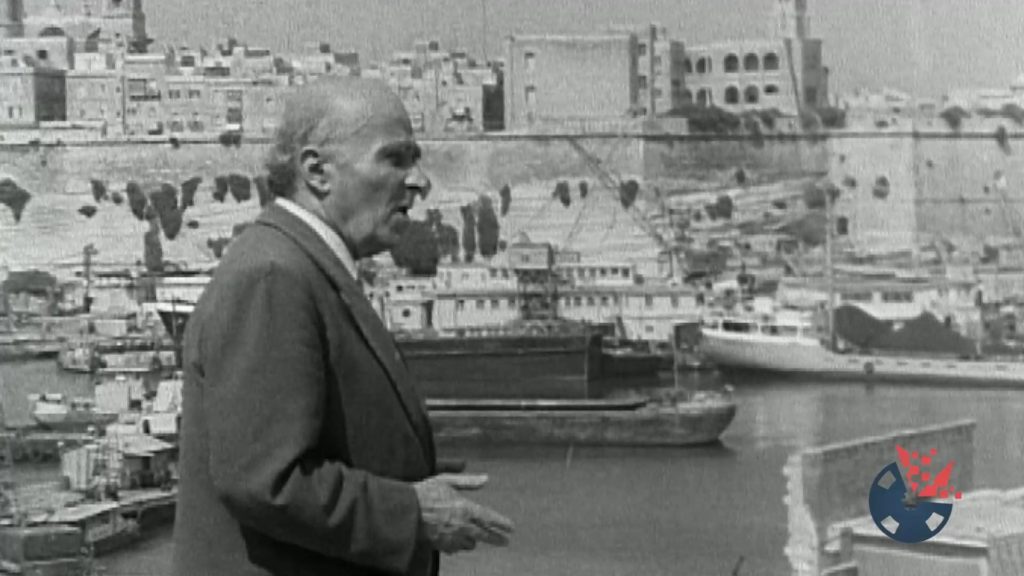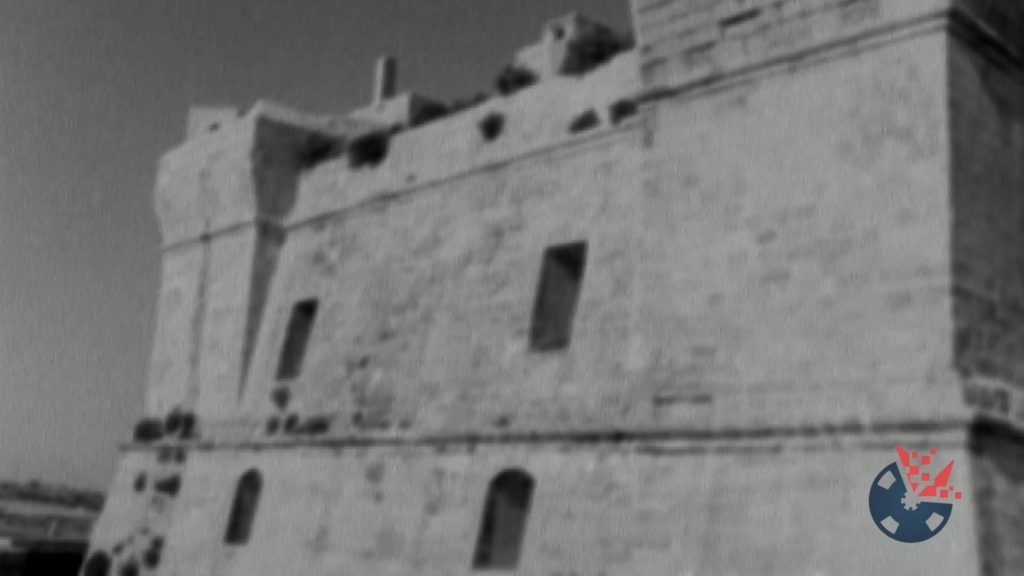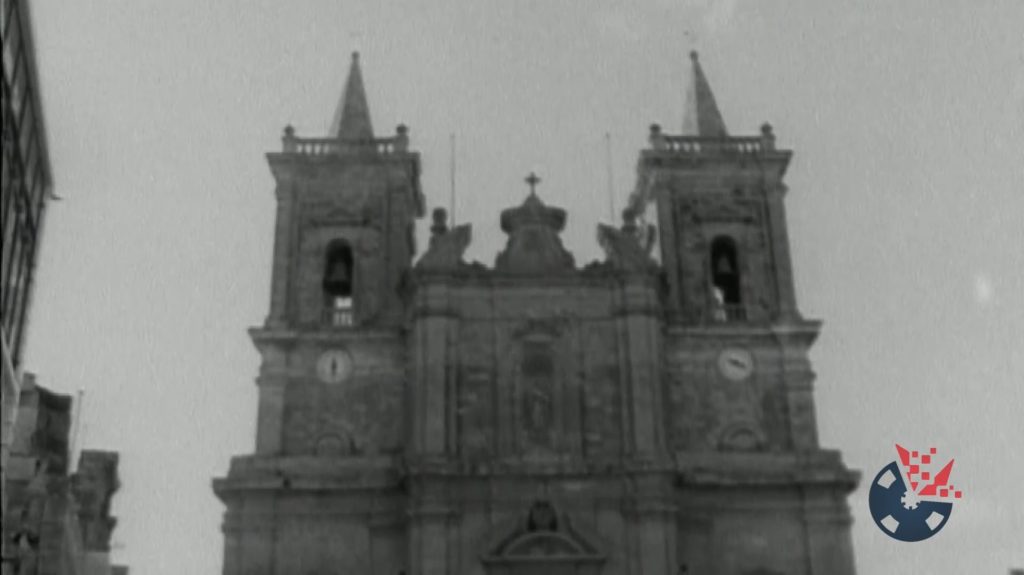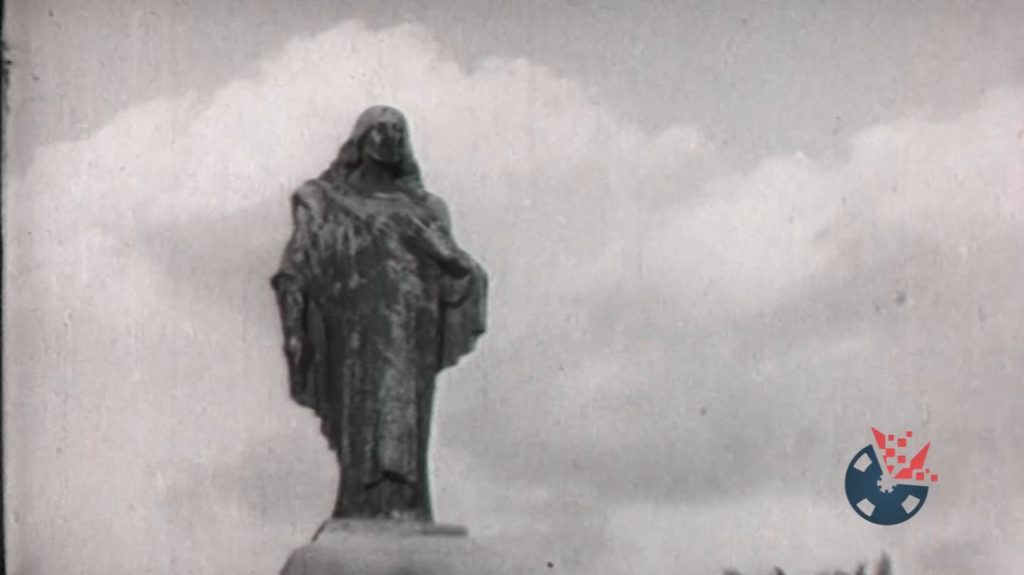Description
The charming walled city of Mdina, perched high on a hilltop, at the highest point of Malta was the island’s first capital city.
The history of Mdina dates back more than 4000 years, so it’s considerably older than Valletta.
Although Punic remains have been found in the area, historians estimate that Mdina was first inhabited and fortified around 700 BC by the Phoenicians.
It was originally known as Maleth.
Under the Roman Empire, when the city was renamed Melite, the Governor built his palace here, and tradition says that the Apostle St Paul stayed there after he was shipwrecked in Malta.
Remains of the Roman-era Mdina have been found, such as fragments of the city walls and part of the Temple of Apollo, however the ransacking of Malta over the ages have erased much of the island’s Roman history.
Following the fall of Rome, the Normans built the thick defensive fortifications around Mdina and widened the moat, which today is a pleasant walled public garden.
In 1530, Mdina fell into the hands of the Order of St John, and during the Great Siege of Malta, served as the base for the Order’s cavalry.
After an earthquake in 1693, there was a need to redesign parts of Mdina.
The city was almost completely rebuilt in 1722 under the orders of Grandmaster Antonio Manoel de Vilhena.
The Knights of Malta introduced Baroque architecture to the city and rebuilt the cathedral as well as Palazzo Falzon and the Magisterial Palace.
In 1798, while under French occupation, an uprising broke out in Mdina that started the beginning of a revolt, after which Malta became a British protectorate.
The gate that stands at the entrance today is not the original one; this bridge was built later on to allow cars and people to enter Mdina. The original gate stands around 100 metres to the left.
Also know as The Silent City, Mdina is an open-air museum and remains one of the most visited tourist attractions in the Maltese Islands.













